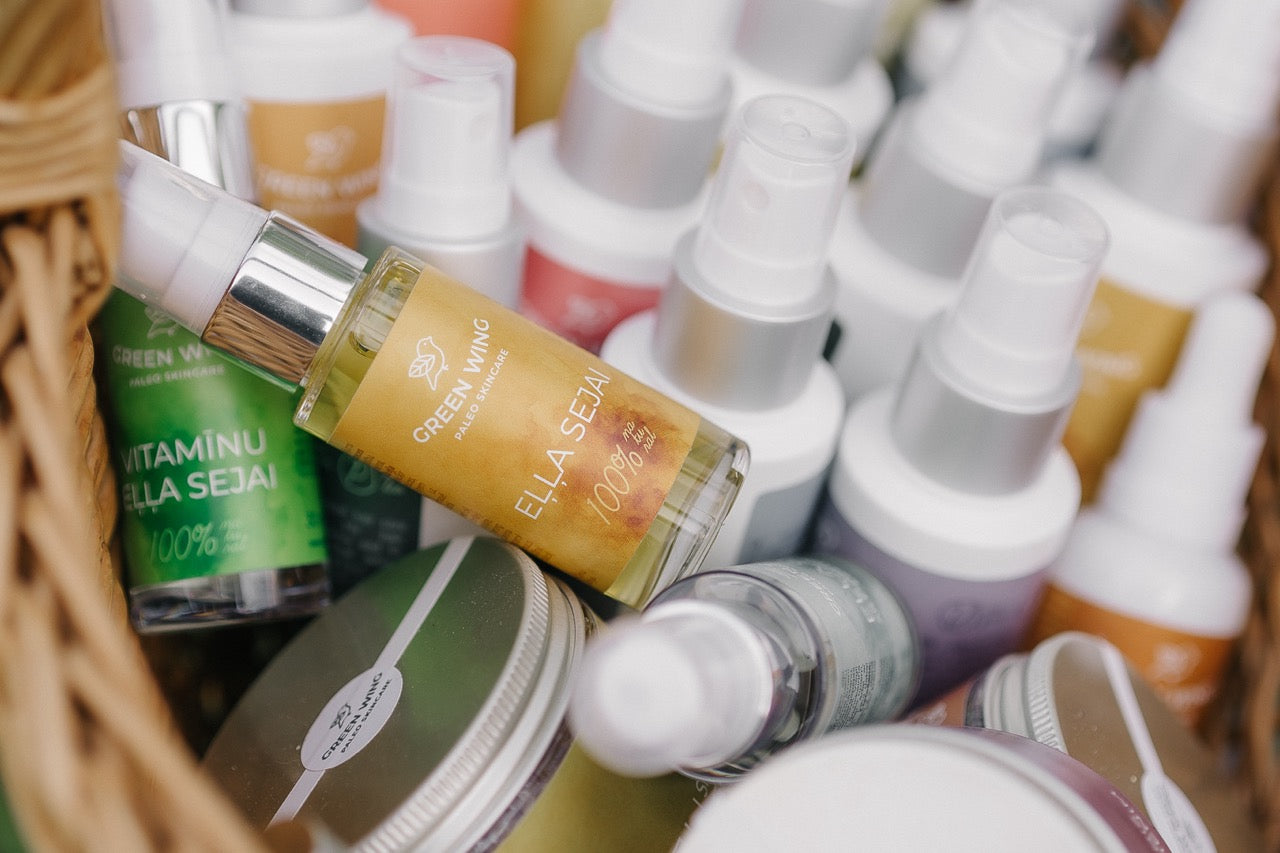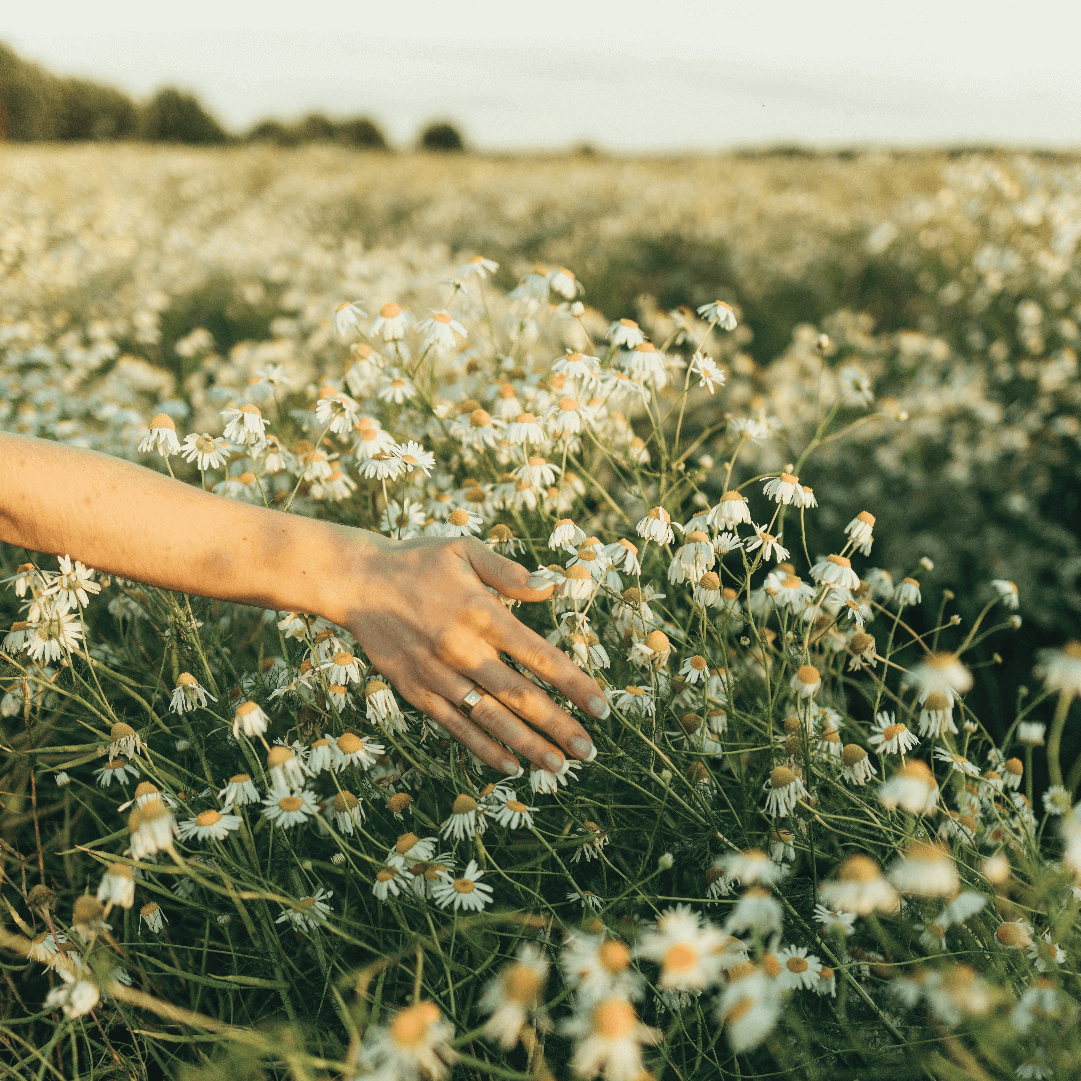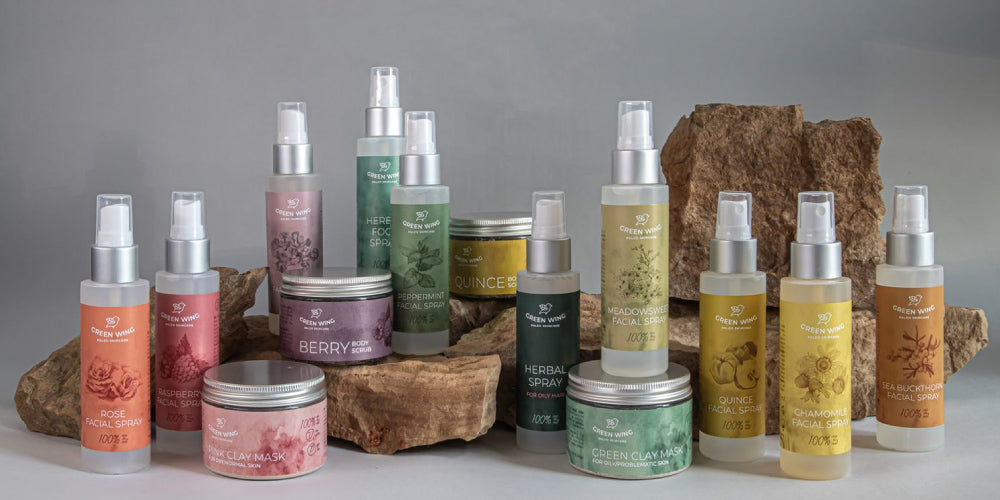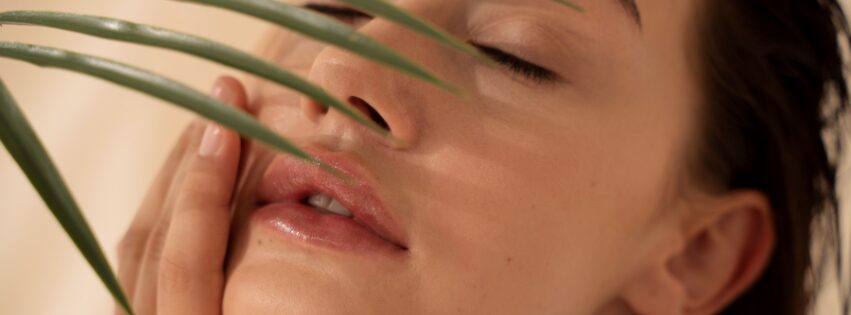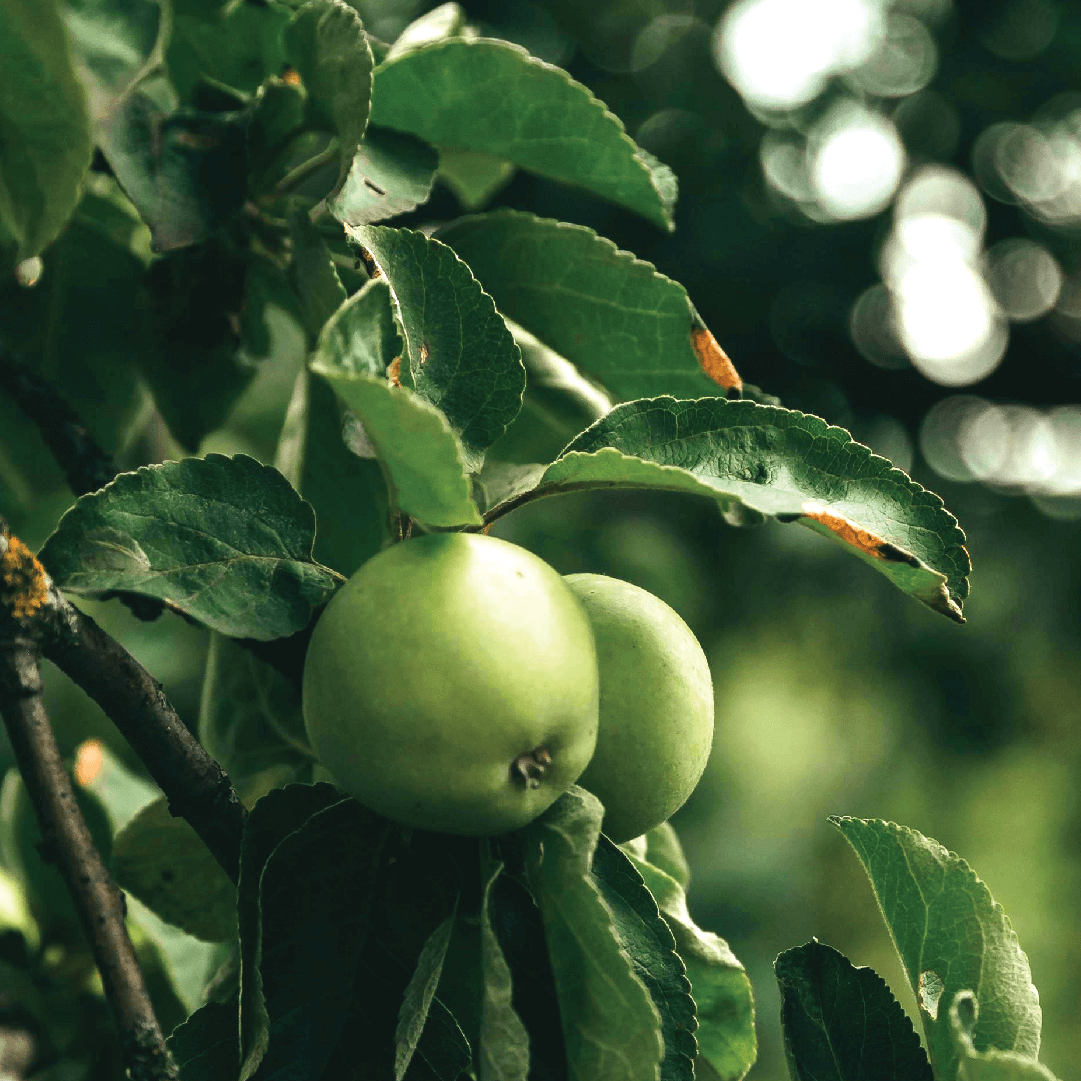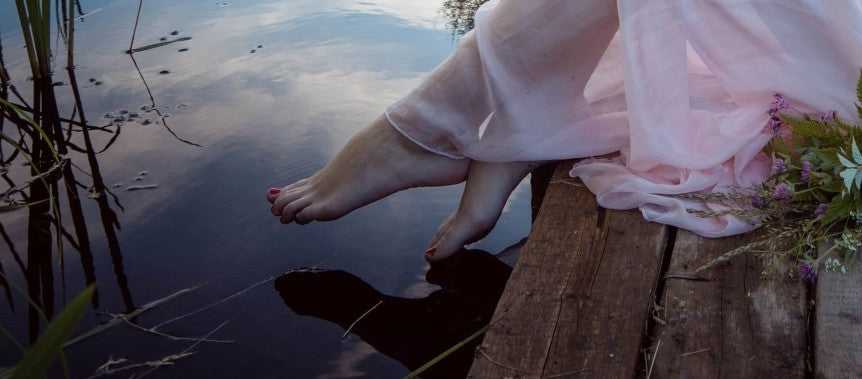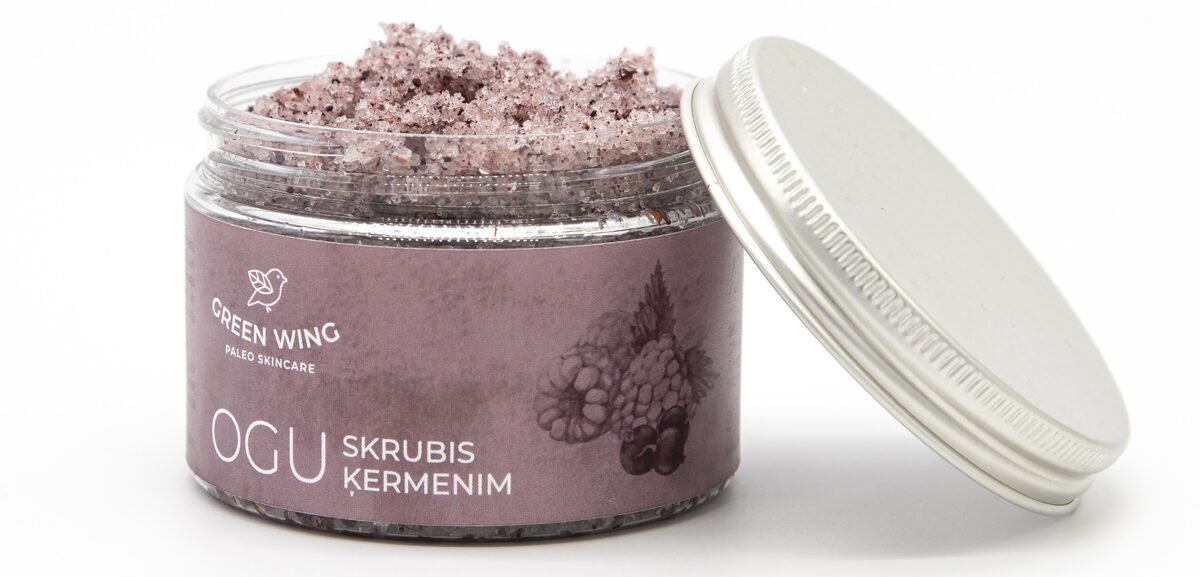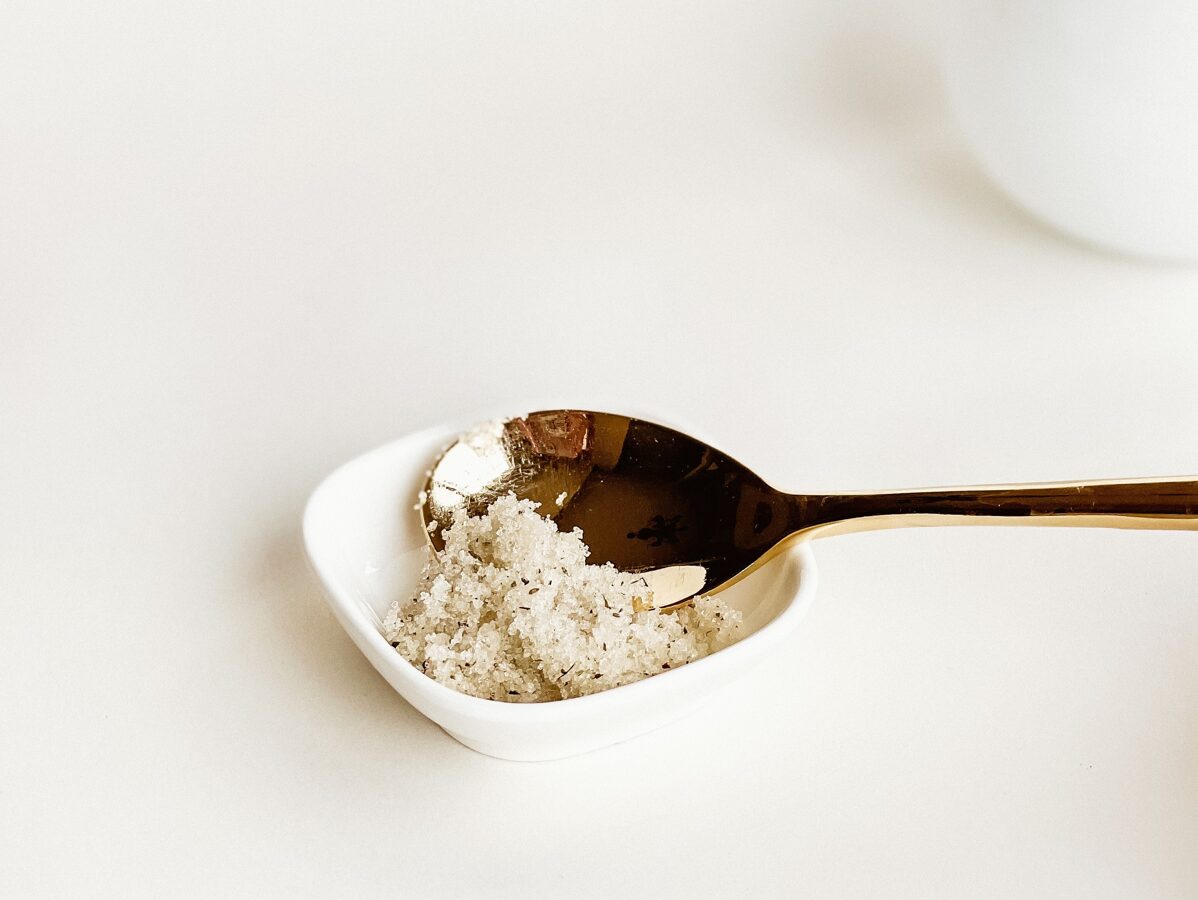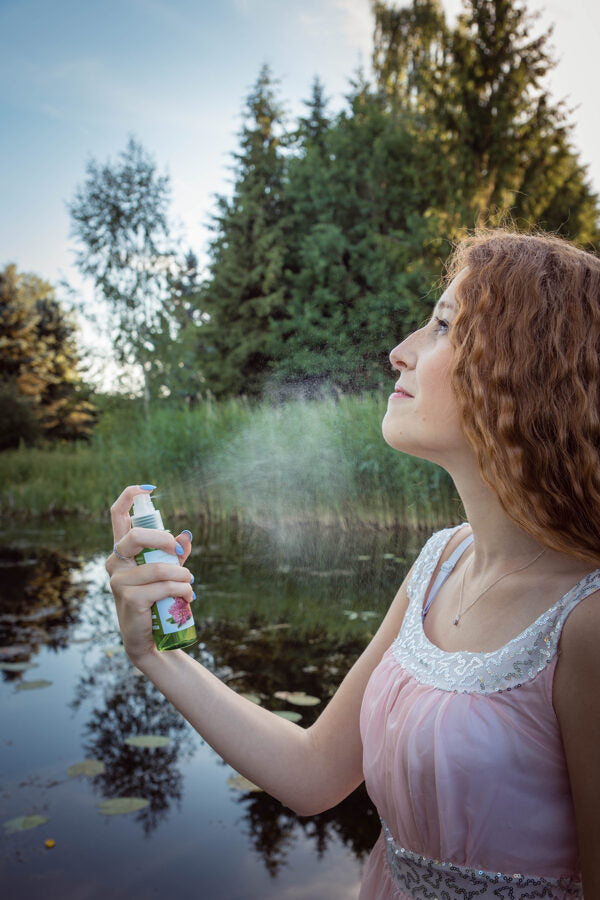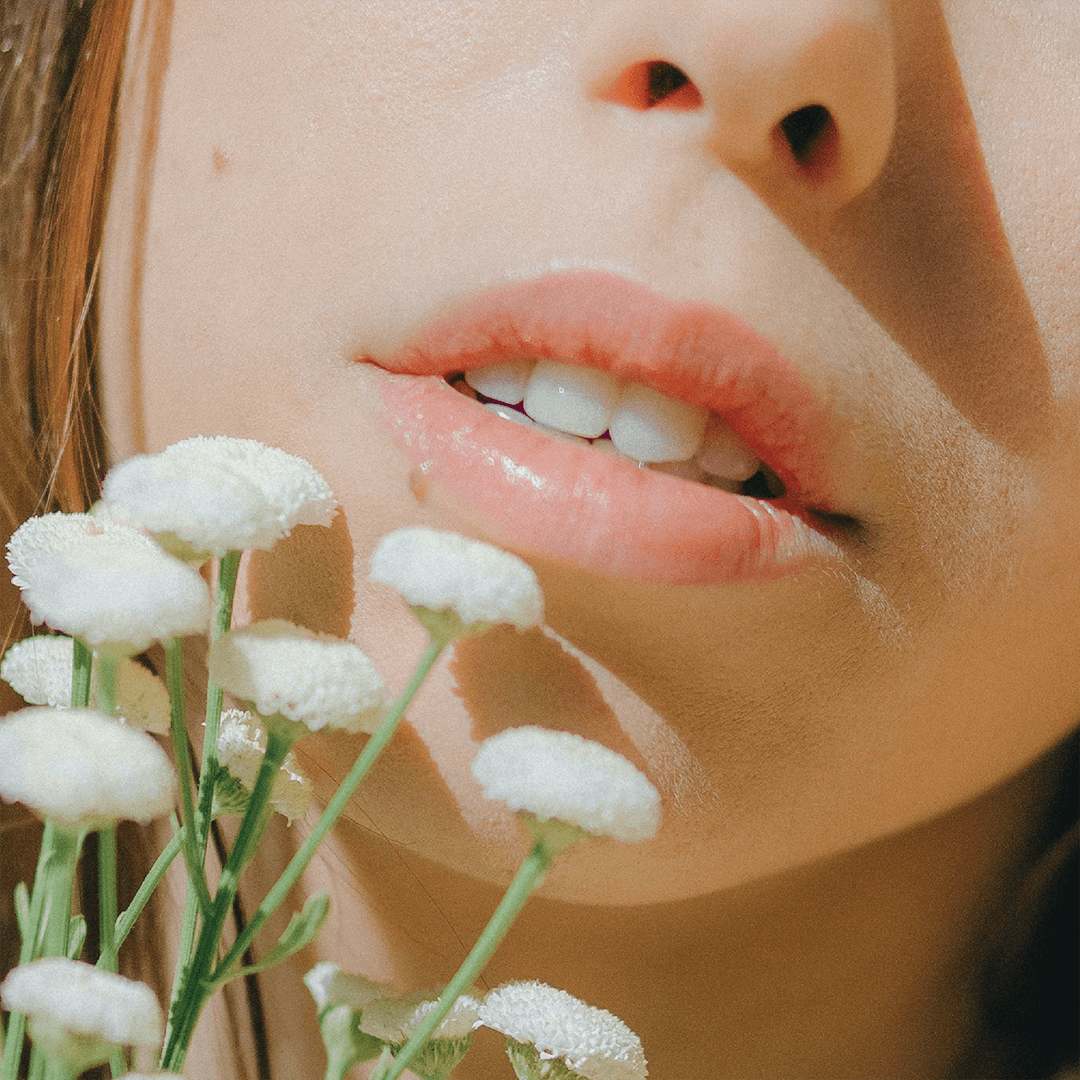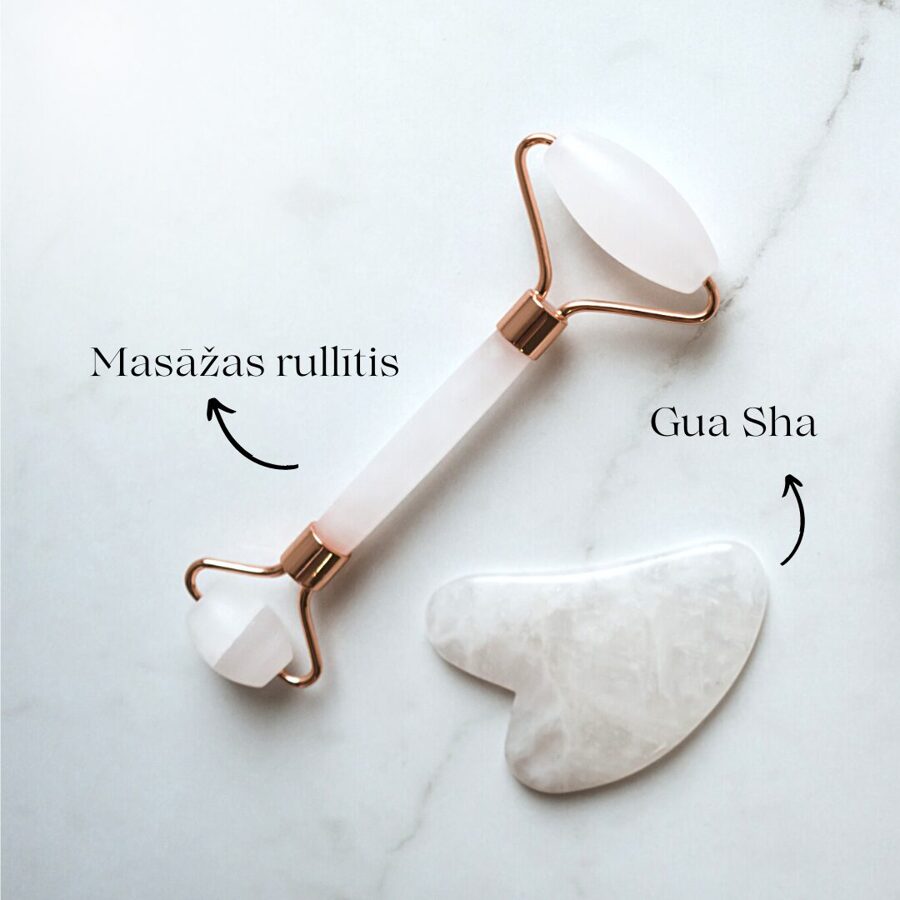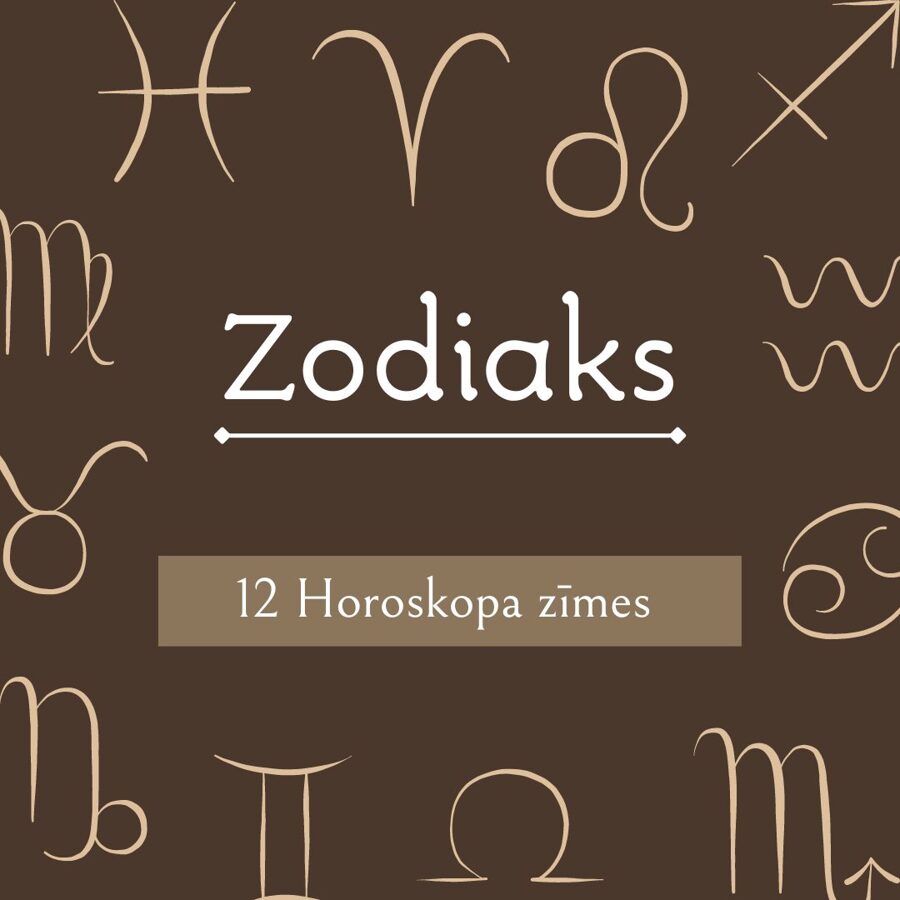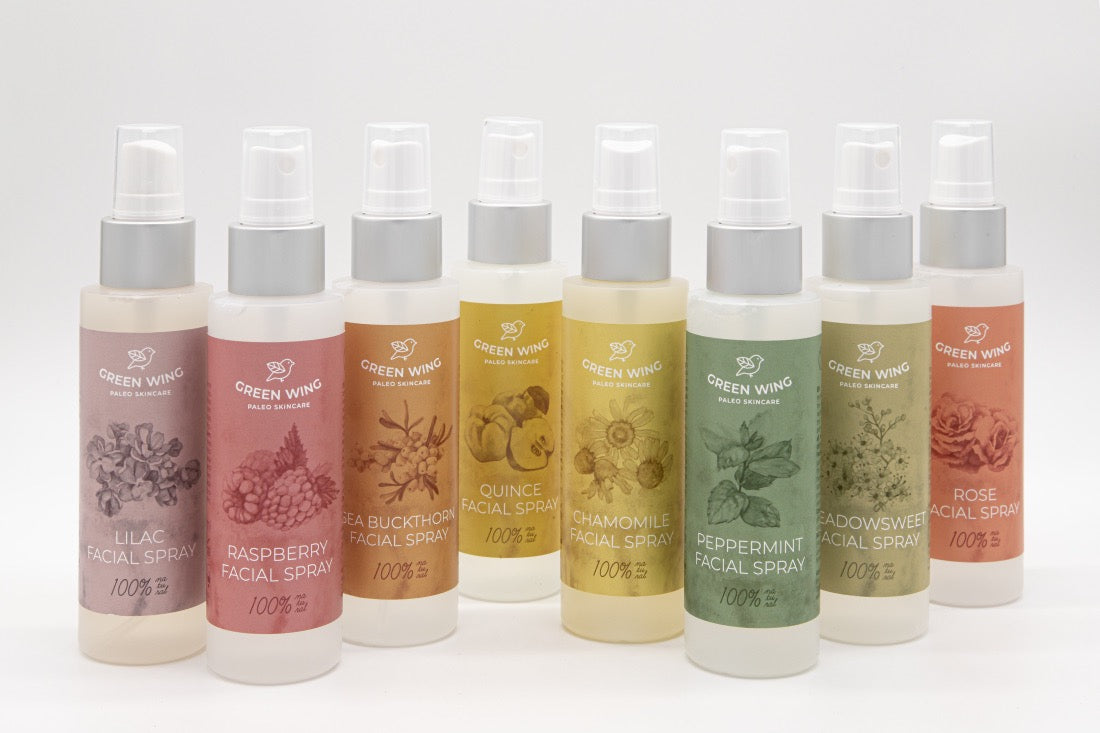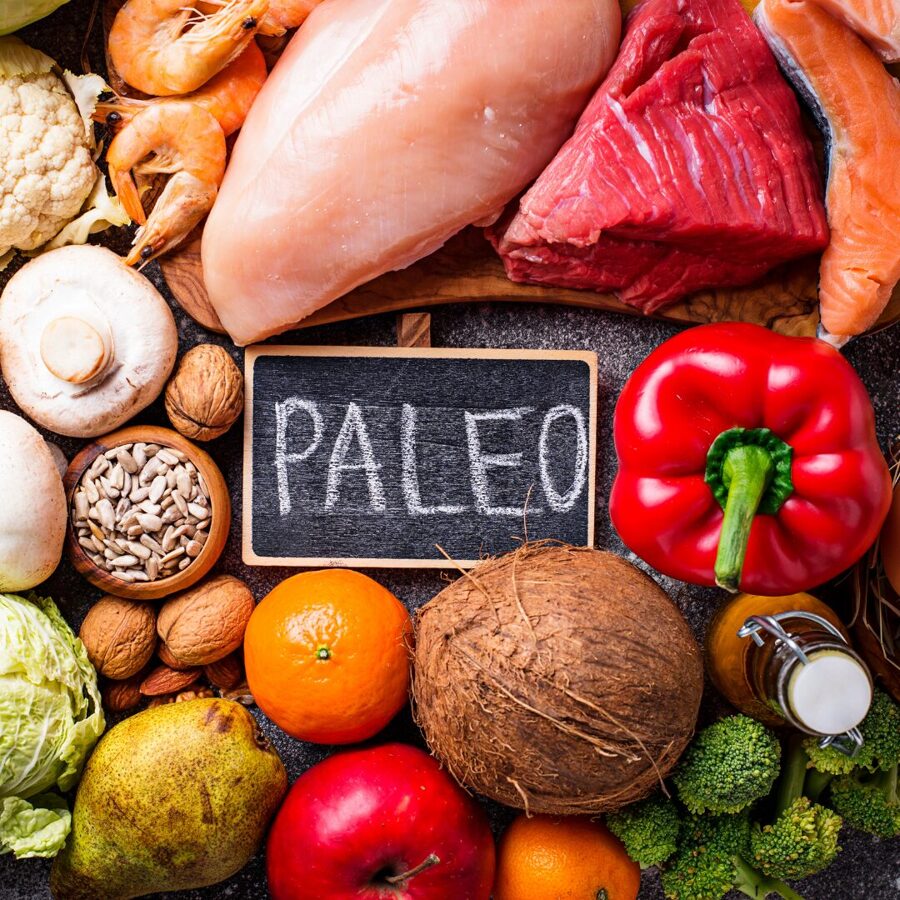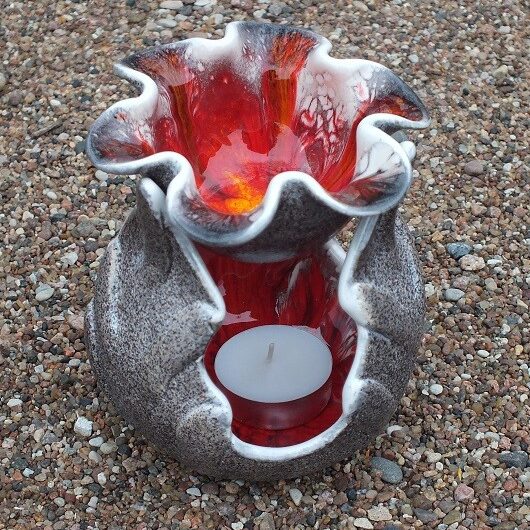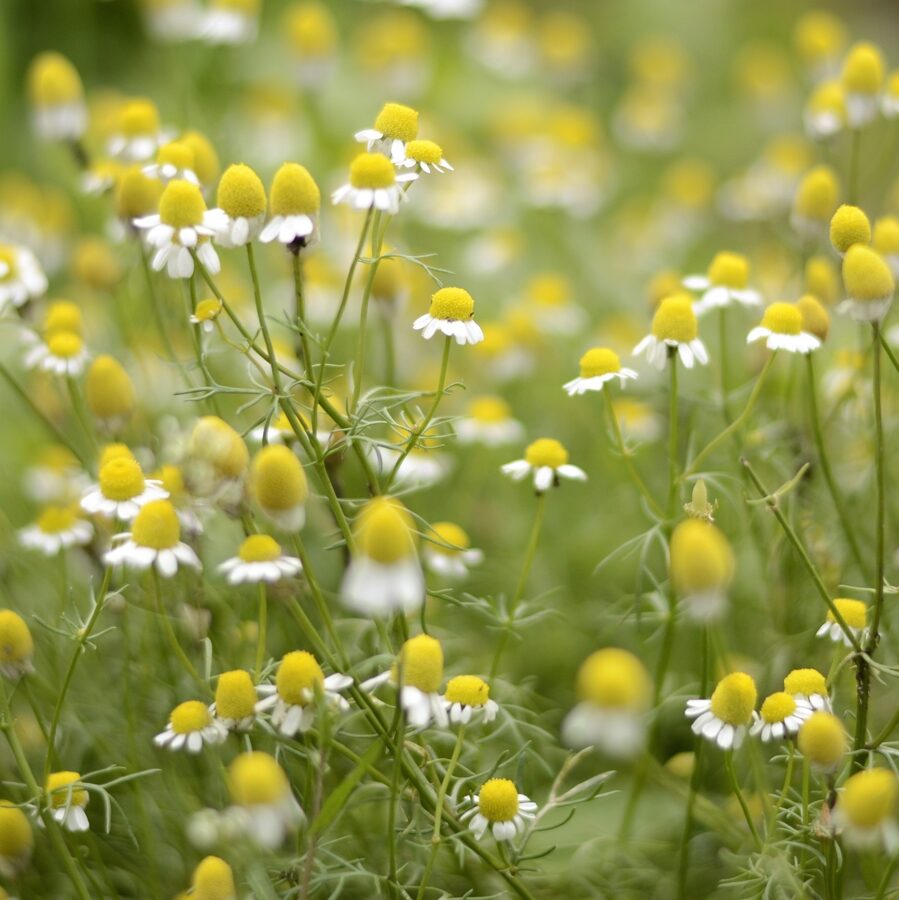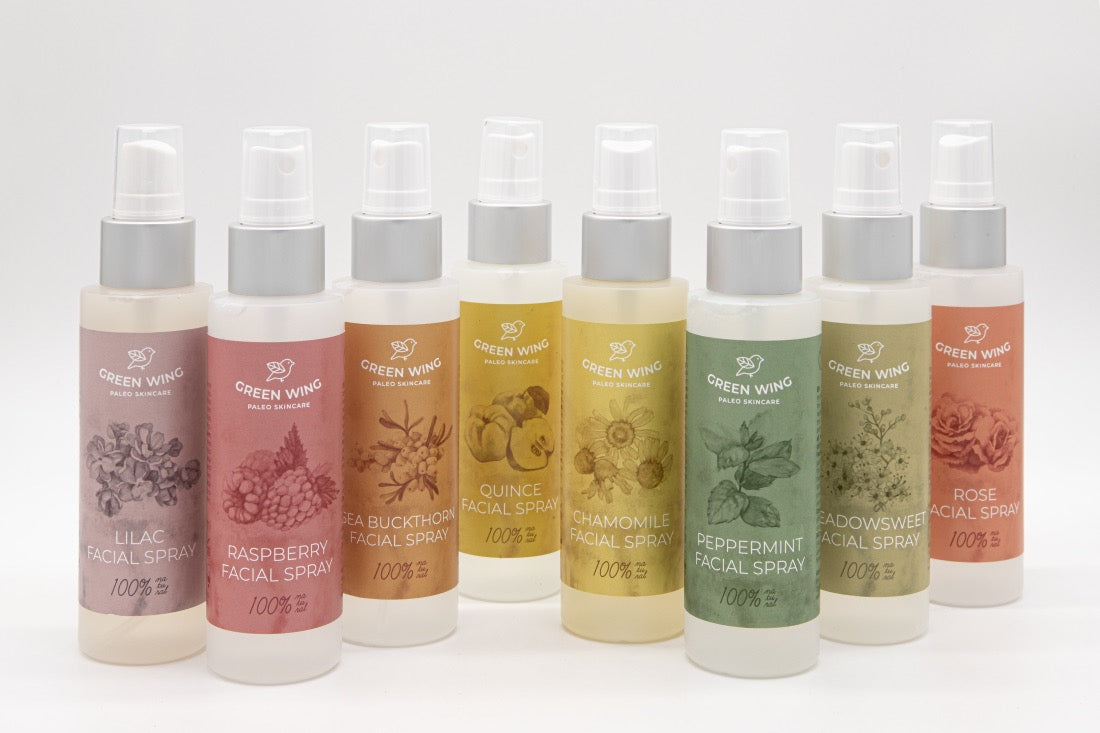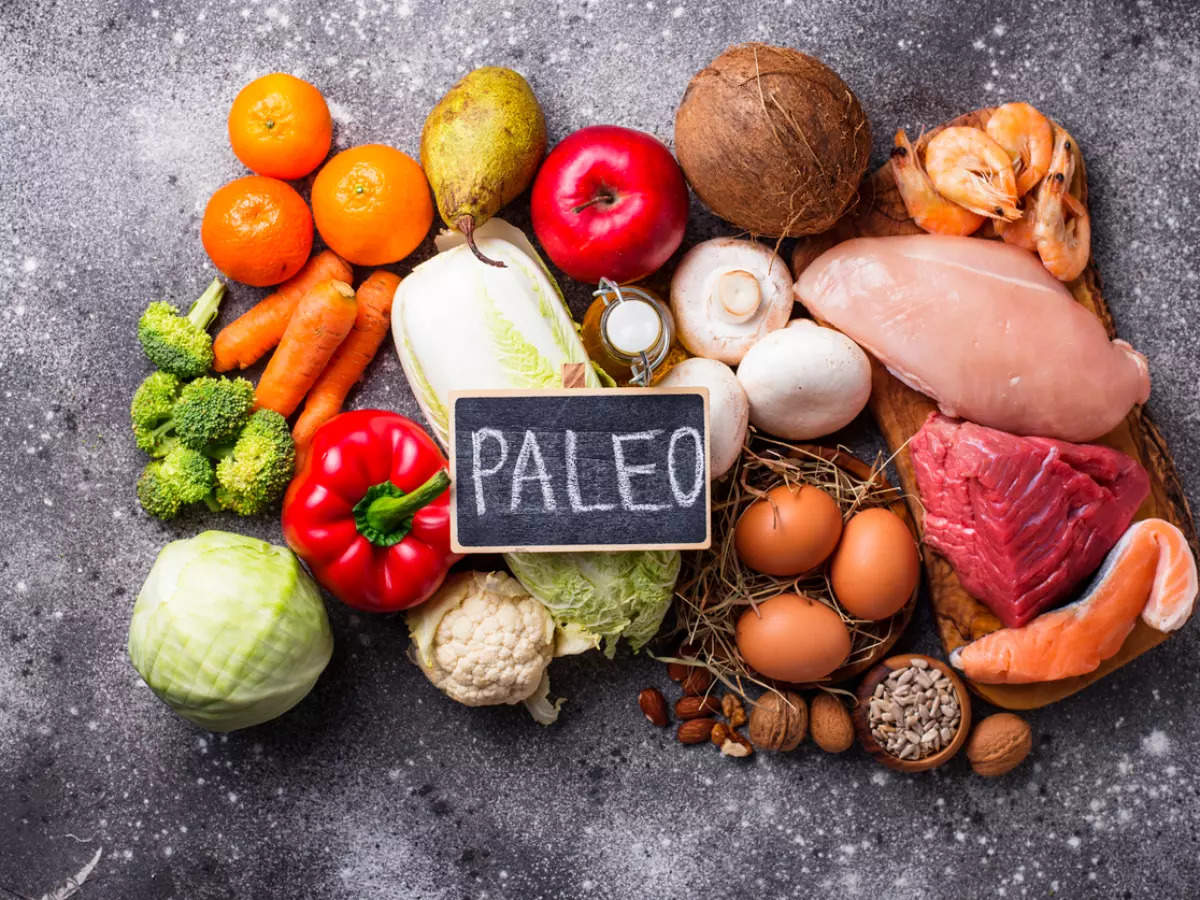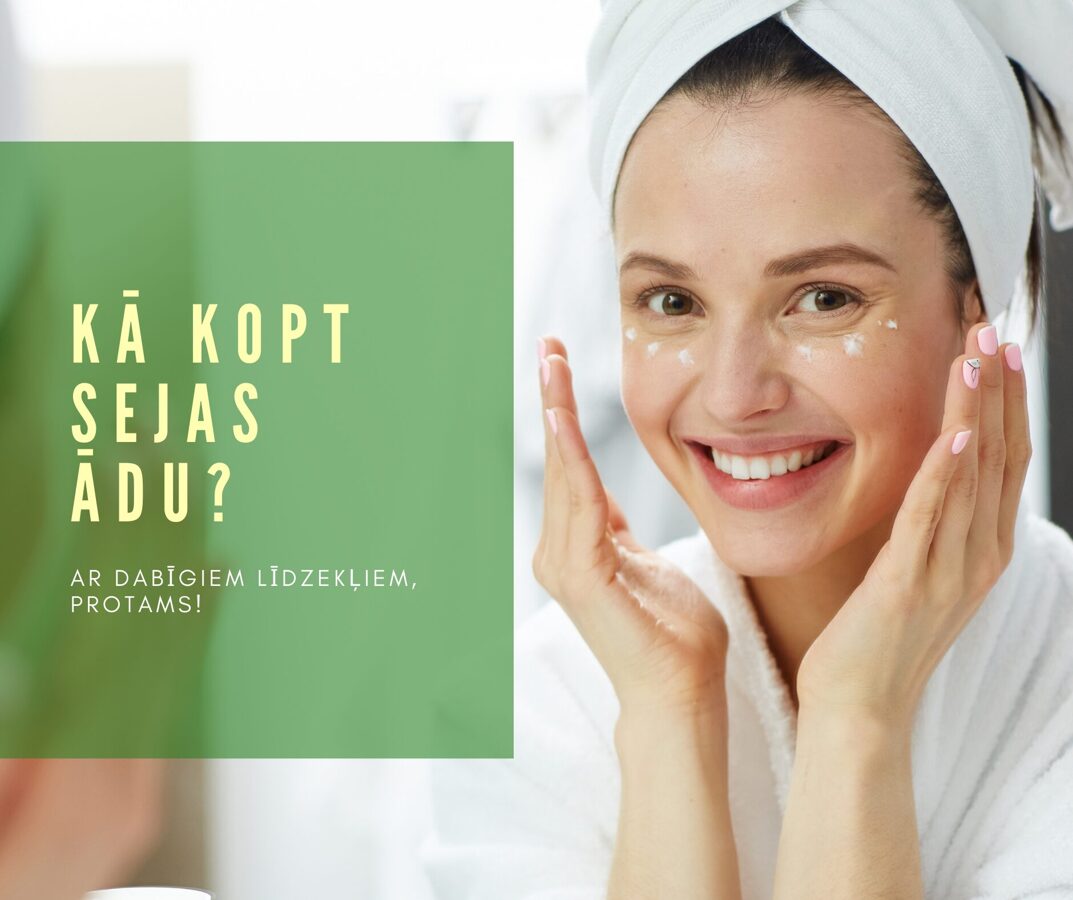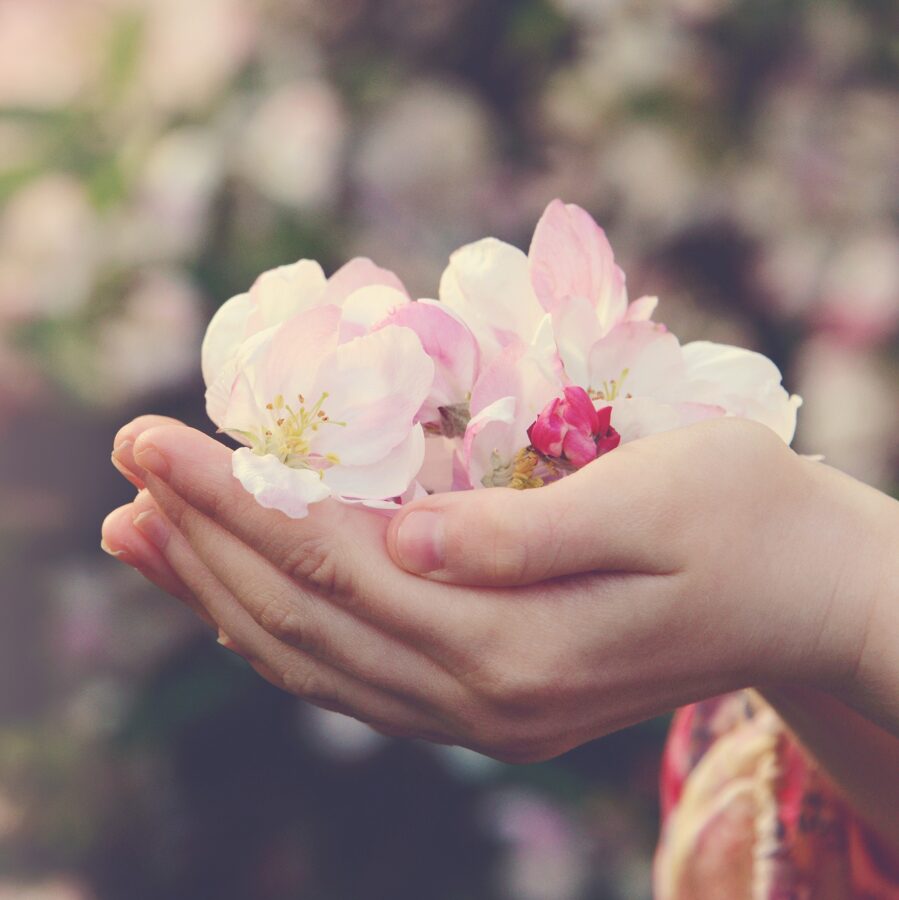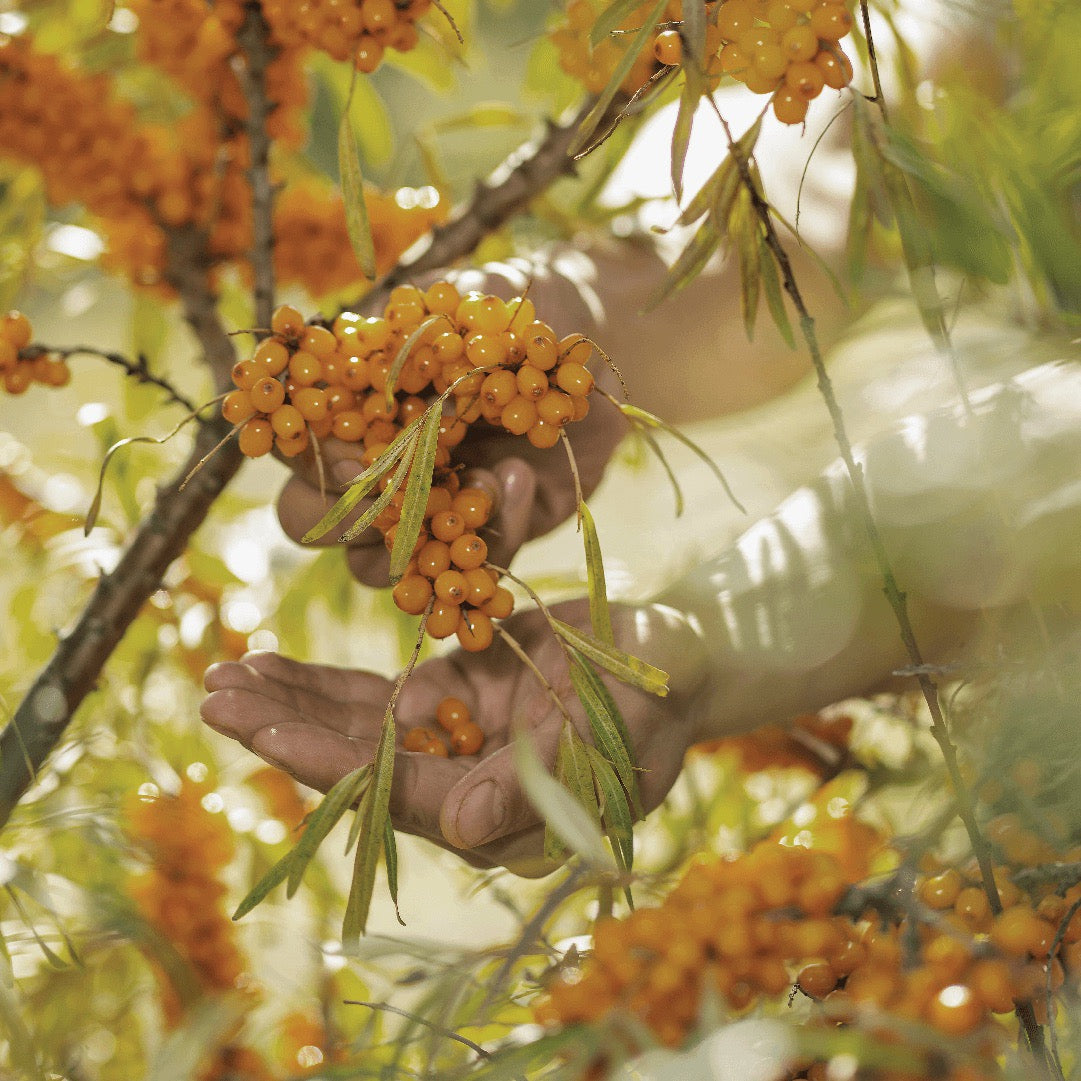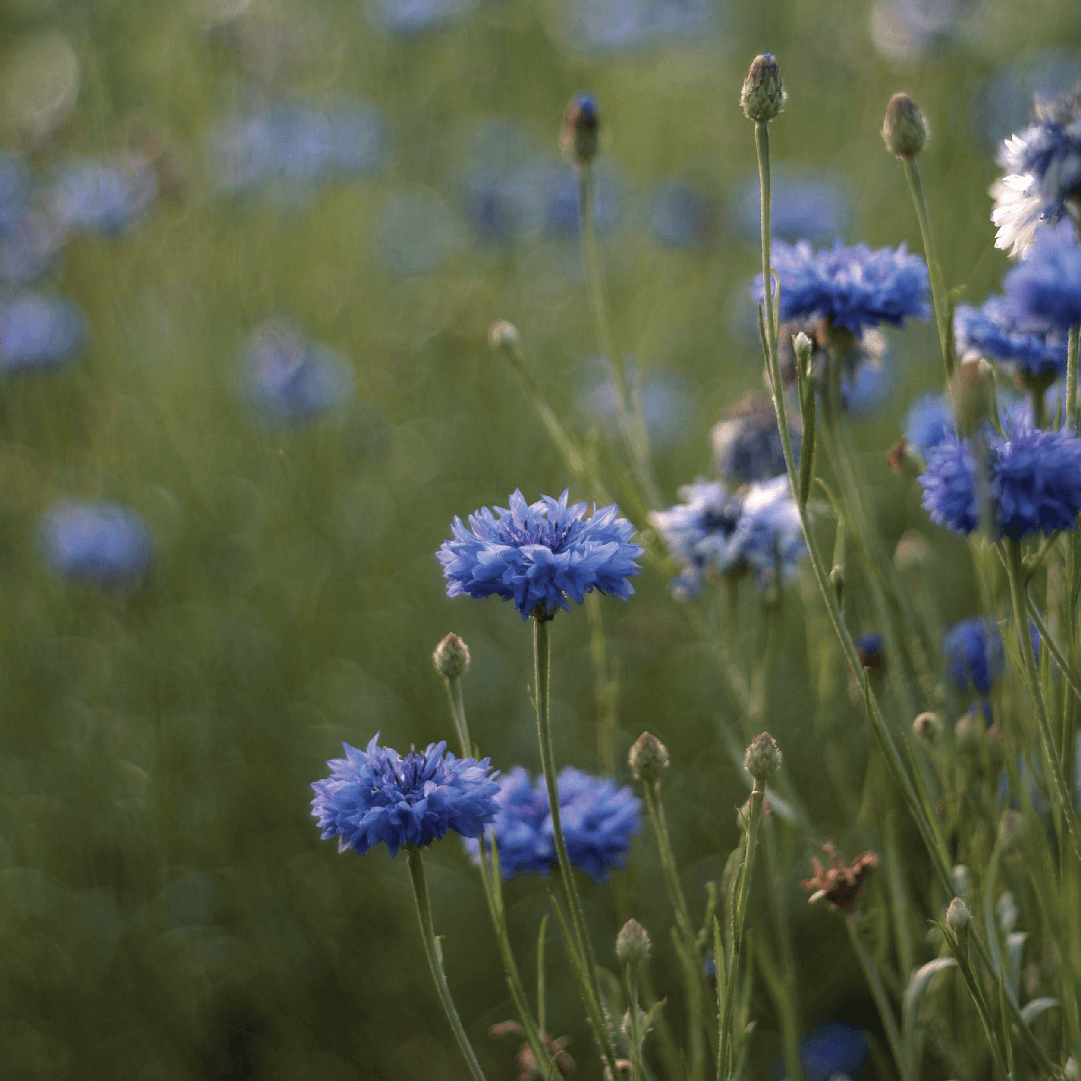Clay is a sedimentary rock made up of different minerals. Since the Stone Age, clay has been widely used for making household objects and housing. It has also been used to make ritual objects. As archaeologist Ilze Loze has researched, in the Neolithic period (4500-1500 BC in Latvia), clay figurines were made in northern Kurzeme and used in various rituals. Today, clay is a favourite cosmetic product and an ingredient in various body care products.
In hunting rituals, the faces of the dead are covered with masks of red or blue clay. In the settlement of Ģipka (an ancient Liv village in the Talsi region), evidence has been found that some clay figurines were “revived” by covering them with ochre, others were broken or buried in specially made pits. All this is evidence that special rituals were practised on the dunes of North Courland as early as the Neolithic, in which the use of clay played an important role.
Since rituals in ancient societies were held in connection with seasonal events and natural rhythms, as well as with critical moments in the lives of individuals and communities, it is quite possible that some of them were also dedicated to recovering and preventing health.
Clay has also long been used as a healing agent. Clay plaques help treat burns, swellings, bruises and other skin conditions, while clay water is used to treat internal infections. One of the oldest treatises describing the healing properties of clay is the Natural History of Avicenna, by the Persian scholar and healer Avicenna, who described the use of clay to improve health, both internally and externally. In ancient traditions, clays were used in the diet to compensate for mineral deficiencies in the body and to counteract increased acidity in the stomach. Traditions mention, for example, the oral use of clay for stomach problems: ‘When the stomach hurts, one should drink crushed clay with hot water’.
Clay mixtures were used for applications and baths, which helped with dermatological conditions and relieved rheumatic pains. Clays can be used to activate the immune system, improve metabolism, absorb toxic substances and speed up the healing of wounds and ulcers.
Cosmetic clays are available in every colour of the rainbow. Who are they for and how can I use them?
White clay is the softest of all clays, ideal for sensitive skin. It is relaxing and soothing, suitable for irritated, dry and mature skin. It is a soft clay with moderate absorption, suitable for all skin types. It gently exfoliates dead skin cells, leaving the skin soft and smooth.
Pink clay is ideal for sensitive, allergy-prone skin. It is also soothing, suitable for dull, tired skin. Pink clay is an ancient rose clay mineral, delicate in colour, recommended for sensitive skin. It is ideal for use in mineral and organic cosmetics, dry shampoos, facial gels (for cleansing and removing oiliness), liquid soaps, soap bars and masks. Pink clay naturally contains copper, selenium, magnesium, zinc and manganese, which help to nourish and keep the skin healthy. Thanks to its balanced mineral and chemical composition (chromium, iron, magnesium, calcium), pink clay restores and stabilises skin cells, enriching them with the trace elements necessary for normal functioning. Pink clay is a natural remedy that tones and softens the skin, cleans pores, whitens, tightens the skin, removes dead epithelial cells and helps fight acne.
Green clay is particularly rich in minerals, magnesium, calcium and phosphorus. It has healing, cleansing and soothing properties, reduces pores, normalises sebaceous glands, promotes blood flow to the surface of the skin, smoothes, tones and rejuvenates the skin. Green clay is suitable for combination and oily skin. Green clay is very rich in minerals (magnesium, calcium, potassium, silicon, manganese, copper, selenium) and is suitable for all skin types, especially oily skin. When used regularly, green clay has a miraculous compensatory effect, absorbing excess fluid, cleansing thoroughly, stimulating the skin's natural defences and restoring its healthy appearance. These clays are ideal for cosmetic formulations such as masks, exfoliants, bath products, hair treatments, adding to creams. A green clay face mask works wonders - it promotes blood flow to the surface of the skin, stimulates cell regeneration, tightens the skin, restores the facial contour, effectively softens the skin, reduces wrinkles, helps to eliminate puffiness and leaves the skin smooth and firm.
Yellow clay naturally contains copper, selenium, magnesium, zinc and manganese, which help nourish and care for the skin. It has the same properties as green clay, but is designed for sensitive skin. It deep cleans pores and can be used for acne and skin problems. It is a golden yellow clay mineral that is multifunctional in nature. Research confirms the beneficial effects of yellow clay on hair care, restoring damaged hair. Thanks to its anti-pollution and detoxifying activity, it acts as an active barrier.
Red clay is ideal for detoxifying the skin, reducing inflammation. High in iron oxides, this clay promotes cell renewal and brightens the skin. It also helps skin with troublesome capillaries, scars, bruises. It frees the eyes from dark circles and ‘bags’ and can be used all over the body where there is laxity. This is a beautiful deep red clay mineral rich in trivalent iron (non-reactive) and with antioxidant and detox activity. It is ideal for use in mineral and organic cosmetics, dry shampoos, facial gels (for cleansing and oil removal), liquid soaps, soap bars and masks. Clay red naturally contains copper, selenium, magnesium, zinc and manganese, which help to nourish the skin and keep it healthy.
Purple clay is a beautiful natural purple clay mineral, rich in magnesium and potassium. Ideal for use in mineral and organic cosmetics, dry shampoos, facial gels (for cleansing and oil removal), liquid soaps, soap bars and masks. Purple clays naturally contain copper, selenium, magnesium, zinc and manganese, which help to nourish the skin and keep it healthy. Violet clays are ideal for all skin types, including normal and dry skin, as they are mild, non-drying and have excellent cleansing and toxin-removing properties.
Blue clay is gentle and non-drying, suitable for all skin types as it absorbs excess oil and dirt, reduces inflammation and redness, improves circulation and stimulates the skin's natural regeneration processes. Blue clay occupies a special place among the cosmetic products created by nature itself. It cleanses pores, softens and tones the skin, smoothes wrinkles, whitens pigment areas, nourishes and strengthens hair roots, improves hair texture, combats hair loss and removes dandruff. Blue clay also visibly reduces signs of cellulite, activates blood circulation, gives the skin smoothness and firmness and relieves fatigue and muscle tension.
Black clay is a natural multi-purpose clay of black colour. Excellent for men's cosmetics with anti-oily and anti-dandruff properties. It can also be used as an exfoliant, in facial gels, liquid soaps, soap bars, shampoo for oily hair and masks. Black clay naturally contains copper, selenium, magnesium, zinc and manganese, which help to nourish the skin and keep it healthy. Black clay has moisturising and toning properties - it activates cellular metabolism, helps the body get rid of slag, restores skin cell function and sebaceous gland function. Black clay is one of the most powerful natural remedies in the fight against cellulite and excess weight. It accelerates metabolism, visibly reduces cellulite, activates detoxification and fat burning processes.
Simple cosmetic products to make at home from clay:
Masks: a simple mask using clay and water. Instead of water, you can put floral waters or herbal teas such as yarrow or chamomile. Honey, lemon juice or apple cider vinegar can be added to this mask, which will be particularly suitable for oily skin and acne. For mature and dry skin, it is recommended to mix clay with cucumber or carrot juice, cottage cheese or olive oil.
Clay bath: 1/2 cup of clay per bath is recommended. Immediately after the bath, it is recommended not to dry the skin with a towel, but to wrap the skin in a towel and lie down.
To wash your hair: mix the clay with water, fresh water or tea until it forms a paste. Apply this paste to the hair and massage thoroughly. Leave on for 5-10 minutes and wash.
Warm compress: prepare the mask as above and apply to the desired areas (joints, muscles, neck, forehead, ears, etc.). Wrap the relevant part of the body in a warm, damp towel.
Clay in the sauna: during the sauna treatment, the body is rubbed with clay. A self-massage is performed, allowing the skin to benefit more and more from the micro- and macro-elements in the clay. The clay smoothes out uneven skin and is very good at removing unpleasant body odours. They cleanse the skin of slags and impurities. Regular treatments (at least once a week) will also reduce cellulite.
